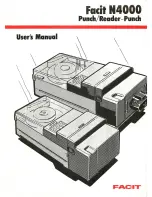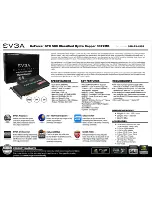
Trigger modes and appendant registers
General Description
(c) Spectrum GmbH
83
Trigger modes and appendant registers
General Description
The trigger modes of the Spectrum M3i series A/D cards are very extensive and give you the possibility to detect nearly any trigger event
you can think of.
You can choose between more than 10 external trigger modes and up to 20 internal trigger modes (on analog acquisition cards) including
software and channel trigger, depending on your type of board. Many of the channel trigger modes can be independently set for each input
channel (on A/D boards only) resulting in a even bigger variety of modes. This chapter is about to explain all of the different trigger modes
and setting up the card’s registers for the desired mode.
Trigger Engine Overview
The trigger engine of the M3i card series allows to combine several different trigger sources with OR and AND combination, with a trigger
delay or even with an OR combination across several cards when using the Star-Hub option. The above drawing gives a complete overview
of the trigger engine and shows all possible features that are available.
Each analog input channel has two trigger level comparators to detect edges as well as windowed triggers. The card has a total of three
different additional external trigger sources. One main trigger source which also has two analog level comparators also allowing to use edge
and windowed trigger detection and two multi purpose in/outputs that can be software programmed to either additional trigger inputs or
trigger outputs or to some extended status signals.
The Enable trigger allows the user to enable or disable all trigger sources (including channel trigger and external trigger) with a single soft-
ware command. The enable trigger command will not work on force trigger.
When the card is waiting for a trigger event, either a channel trigger or an external trigger the force trigger command allows to force a
trigger event with a single software command. The force trigger overrides the enable trigger command.
Before the trigger event is finally generated, it is wired through a programmable trigger delay. This trigger delay will also work when used
in a synchronized system thus allowing each card to individually delay its trigger recognition.
















































